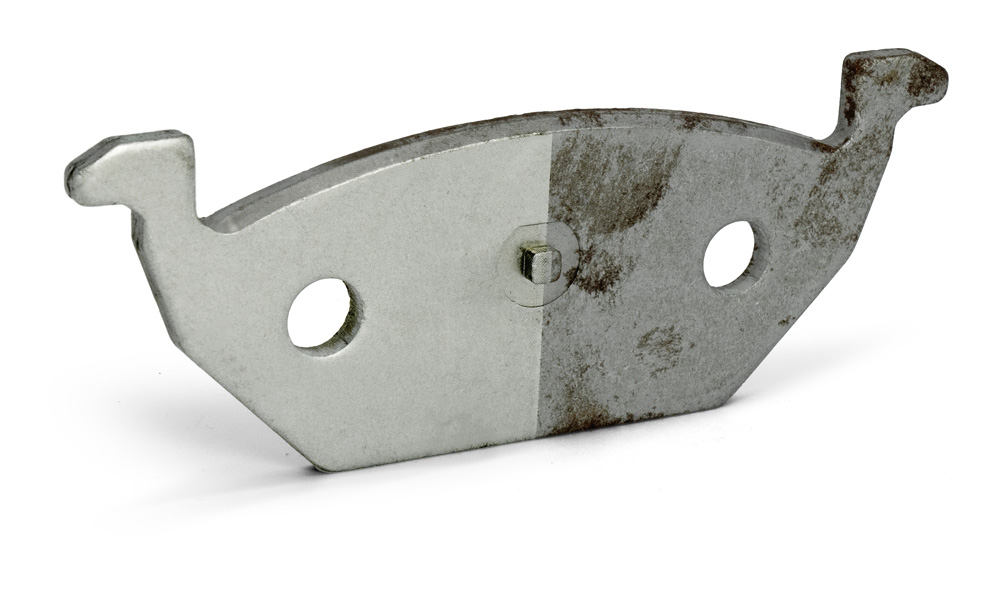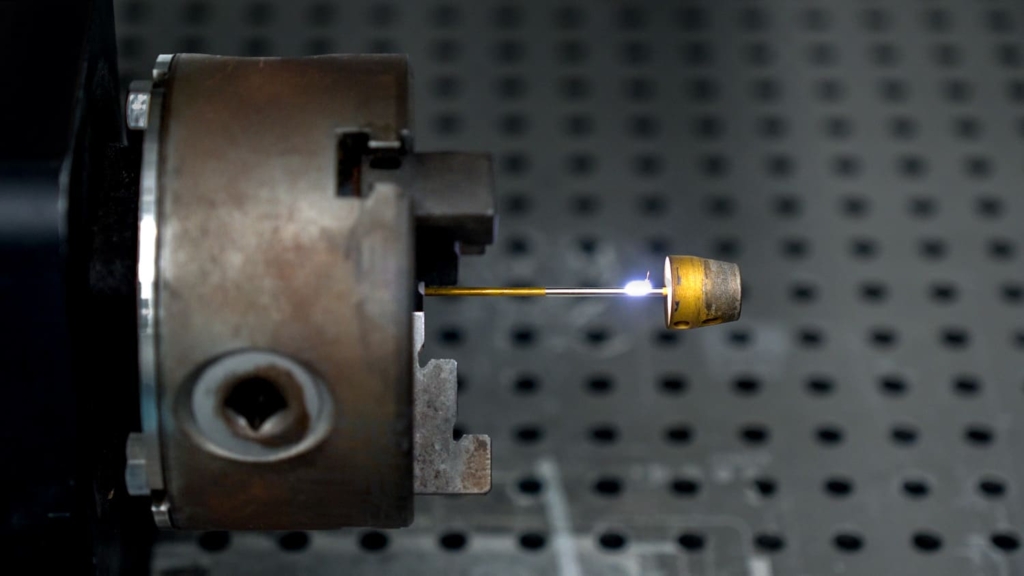Applications of Laser Cleaning
Laser Cleaning finds application in a wide range of sectors:
Aerospace
It is used to remove paint, coatings and contaminants from components without damaging the underlying materials.
Electronics
It is used to remove oxides, residues and contaminants from electronic components, ensuring their reliability and high performance.
Manufacturing
Laser cleaning improves the quality of manufactured products by removing contaminants and coatings from surfaces before further processing.
Advantages of Laser cleaning
Laser cleaning offers numerous advantages over traditional methods:
Environmentally friendly
Precision
Laser cleaning enables the selective removal of contaminants, leaving the substrate intact.
Safety
Operators are exposed to fewer health risks than with traditional cleaning methods which may involve the use of toxic chemicals or abrasive powders.
Efficiency
Laser cleaning is faster and more efficient than many traditional methods, reducing downtime in industrial applications.
Key factors when choosing a laser source
Wavelength: The wavelength of the laser is selected according to the material to be cleaned. Different materials react differently to specific wavelengths, ensuring efficient and selective cleaning.
Depth of field (focal tolerance): Some surfaces may be uneven or not flat. A laser cleaning system with a high depth of field can ensure that the laser beam maintains the appropriate focus regardless of surface geometry, guaranteeing a constant cleaning effect on the component.
M² and depth of field
The factor measures the quality of the laser beam and represents the degree of variation from an ideal Gaussian beam (=1).
Higher M² values correspond to a larger laser spot size and a wider focus tolerance. This allows us to cover a specific area in less time, thus speeding up the process.
At low values of M² (1< M² <2), the laser spot size is smaller and the ability to precisely focus the laser is higher (low focus tolerance), allowing for more selective material removal (e.g. cleaning of “transparent” contaminants such as oil or grease).
At the same time, a higher M² factor translates into lower energy density, so it is very important to check that, compatibly with the speed required for the application, there is sufficient energy density to reach for the application and to exceed the contaminant ablation threshold.
As always, there is a balance between quality and cycle time; the ability to test different laser sources with different characteristics allows us to choose the most correct source for the application.
| Power(W) | M² | Energy density [J/cm²] |
| 300 | 1.6 | 39.8 |
| 300 | 10 | 8.8 |
| 500 | 1.6 | 39.8 |
| 500 | 27 | 6.0 |
| 500 | 70 | 3.2 |
| 1000 | 70 | 3.2 |
Laser cleaning of metal surfaces
Laser cleaning improves the quality and durability of metal components and helps save costs by reducing the need for manual labor and environmentally harmful chemical processes.

Let's look further at possible applications:
Surface Preparation for Welding:
Before welding two pieces of metal together, it is crucial to ensure that the surfaces are free of contaminants such as rust, grease and paint. The Laser effectively removes these contaminants, ensuring strong, clean welds. This is particularly important in the automotive and shipbuilding industries.
Oxide removal
Metal components exposed to high temperatures, such as boiler tubes and heat exchangers, often develop oxide layers. The Laser can remove these oxide layers, improving heat transfer efficiency and prolonging component life.
Paint Removal from Metal Surfaces
As with oxide layers, lasers are used to remove paint and coatings from metal surfaces. The versatility of the laser makes it possible to avoid masking the component during painting and then selectively remove it only where required.
Rust Removal
Rust can be a significant problem, affecting the appearance and structural integrity of components. Here too, the process can be carried out by laser cleaning, helping to prolong their service life.
Cleaning of Molds and Metal Dies
Residues and contaminants can accumulate over time. Laser cleaning ensures that molds and dies remain clean and free of build-up, guaranteeing consistent product quality and reduced downtime.


